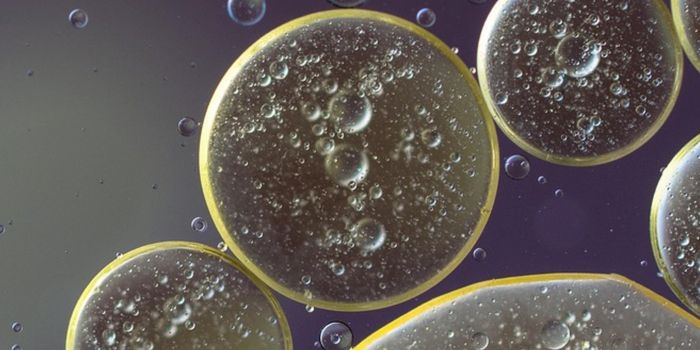Exposure to Air Pollution May Cause Birth Defects
The United Nations Environment Program (UNEP) estimates that air pollution kills more than 6 million people each year and calls it “the biggest environmental health risk of our time.” According to the World Health Organization, two billion children live where air pollutants exceed safe levels, and nearly 600,000 children under the age of five die from illnesses associated with exposure to polluted air. The UNEP video below summarizes how air pollution disproportionately affects children:
A study recently published in Proceedings of the National Academy of Sciences used animal models to examine the risks involved with prenatal exposure to air pollution. The team behind the study included researchers from Texas A&M University’s Colleges of Agriculture and Life Sciences and Geosciences, the Texas A&M Health Science Center, and the University of California, San Diego. Their results determined that harmful particulate matter in the atmosphere can produce birth defects and even fatalities during pregnancy in the animal models.
The research team used ultrafine aerosols of ammonium sulfate as the harmful particulate matter in this study. Ultrafine aerosols of ammonium sulfate are commonly detected in locations worldwide. High amounts were detected in China, India, Houston, and Los Angeles. Sulfates are a product of coal burning, which is still a major energy source worldwide. Ammoniums are derivatives of ammonia that are produced from agriculture, vehicles, and animal emissions.
Two groups of 10 female adult rats within their first 18 days of gestation were placed in chambers; one with ambient air and one with ultrafine aerosols of ammonium sulfate. At day 21 and 105 postnatal, tissue samples for biochemical and physiological analyses were collected from pups that were either nursed or fed a high- or low-fat diet.
Rats exposed to the ammonium sulfate showed increased stillbirths; reduced gestation length and birth weight; increased concentrations of glucose and free fatty acids in plasma; enhanced lipid accumulation in the liver; decreased endothelium-dependent relaxation of the aorta.
In a statement from Texas A&M regarding the study, lead author and Distinguished Professor of Atmospheric Sciences Renyi Zhang stated: “People typically believe that ammonium sulfate may not be terribly toxic, but our results show large impacts on female pregnant rats. It is unclear yet what is causing these profound effects, but we speculate that the size of the nanoparticles or even the acidity may be the culprit.”








